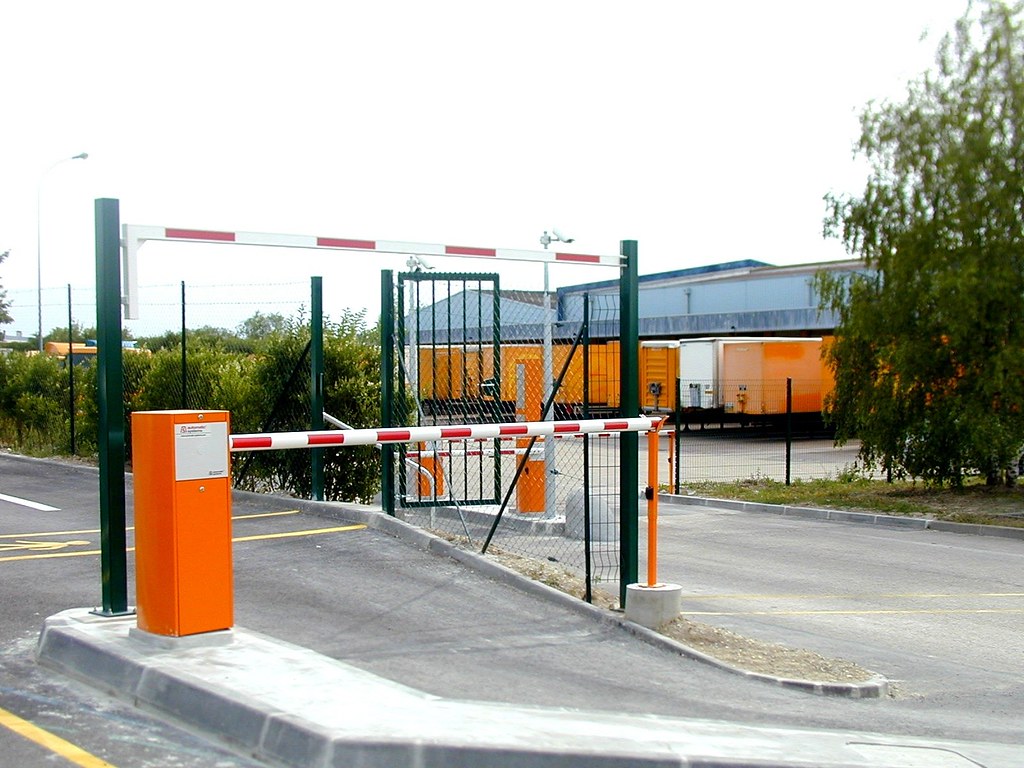A Guide To Parking Access Control Systems
Access control systems help control parking remotely by tracking the influx and efflux of vehicles. These systems manage parking by employing two effective methods – Access control devices and managing and tracking software.
Parking Access control devices:
Access control devices regulate the flow of traffic in a parking lot. The most widely used method is the gate, which is placed at the entry and exit. After collecting tickets and making payments, the automobile enters and exits respectively.
Employees or automated machines handle this process. In the former case, stationed booths are placed near the entry and exit points. Patrolmen provide tickets at the entry gate and collect payment at the exit gate. In the automated case, machines generate tickets with a unique bar code, QR code, or magnetic strip.
Another machine reads this particular code at the exit gate, and payment collection happens accordingly. A simpler version of this automated machine functions around timestamps printed on the ticket where the machine reads credentials. The machines can either be short or long-range. Short-range machines read credentials presented up close. Long-range machines read tickets and codes on the windshield or license plate of the automobile.
The fare paid at the exit gate differs from lot to lot. A parking lot may have a full-featured plan or a flat rate plan. The sophisticated full-featured plan charges for parking on an hourly, daily, or weekly basis, depending upon the use of the parking lot – hotel, office, public lot, etc. This plan is more efficient in a gated parking lot. A flat-rate plan has a fixed value irrespective of time spent in the parking lot.
Allocating different rates for different hours of the day i.e. higher rates for peak, busy hours, and lower rates for early morning and late-night periods is a common practice. Flat rate systems do not necessarily require an entry gate because the time spent in the lot does not factor into the final payment. This system is applicable to both gated and public parking lots.
Managing and tracking software:
Automated parking services help keep track of the traffic passing through a parking lot. The ticket distribution happens by a human system, electronic system, or a hybrid. Employees are present at entry and exit gates and manage the handing out of tickets and collection of payments. This is the primitive form of the process.
Also Read: Introduction to Accessible Parking Spaces
An advanced, automated version is now available. Machines hand out tickets with time stamps and unique codes at the entrance. At the exit gate, another machine scans the ticket and receives the payment. Cash, EVM, and credit cards are modes of payment accepted by these machines.
Once inside the lot, directing the cars to empty parking bays is another essential task carried out by patrolmen. Modern parking lots have electric signs indicating the number and location of free parking spots. Tracking free spots becomes easy by issuing unique tickets.
Advantages of automation:
Incorporating automated machines to your parking lot offers many benefits–
- Saves payroll cost – If a machine issues tickets, directing traffic, and collecting payments, there is no need to employ people, thus cutting costs for facility owners.
- Decreases revenue leakage – By installing machines, facility owners can avoid thefts by employees and mishaps due to lack of attention.
- Maintains records – The machine documents all transactions, giving owners access to such data in the future.
It isn’t easy to control parking remotely. Integrating automated parking with access control systems can take some of the burdens off of your shoulders.

